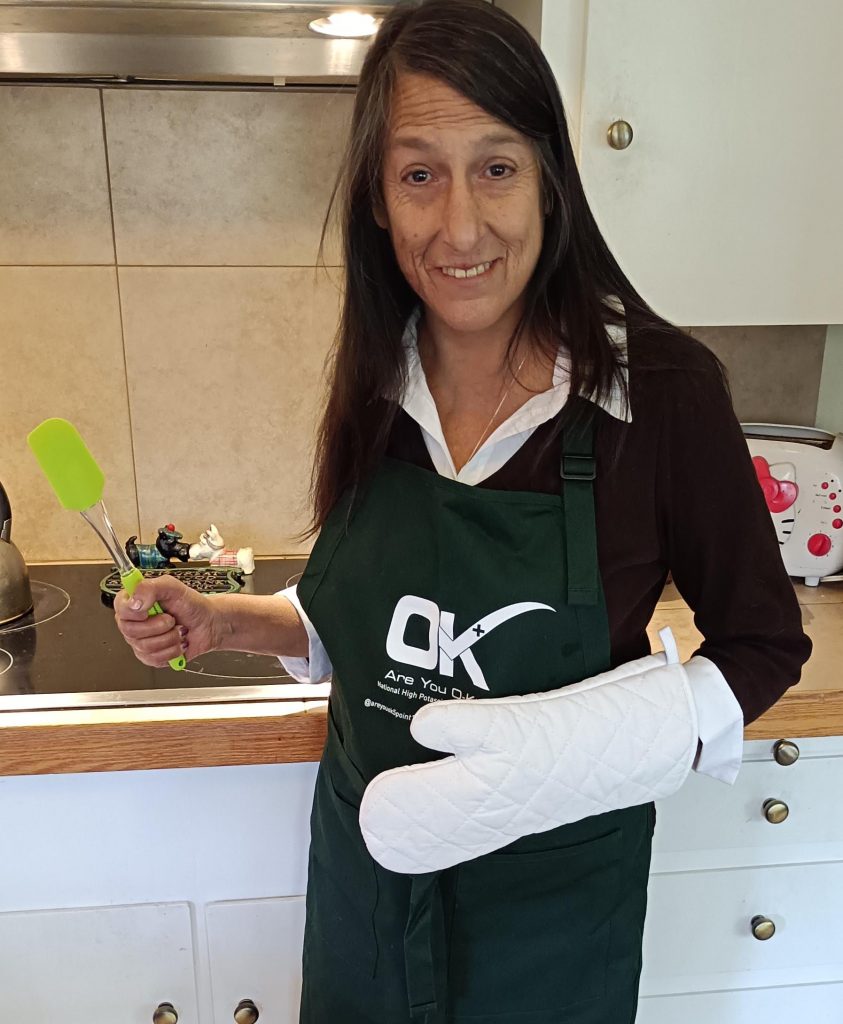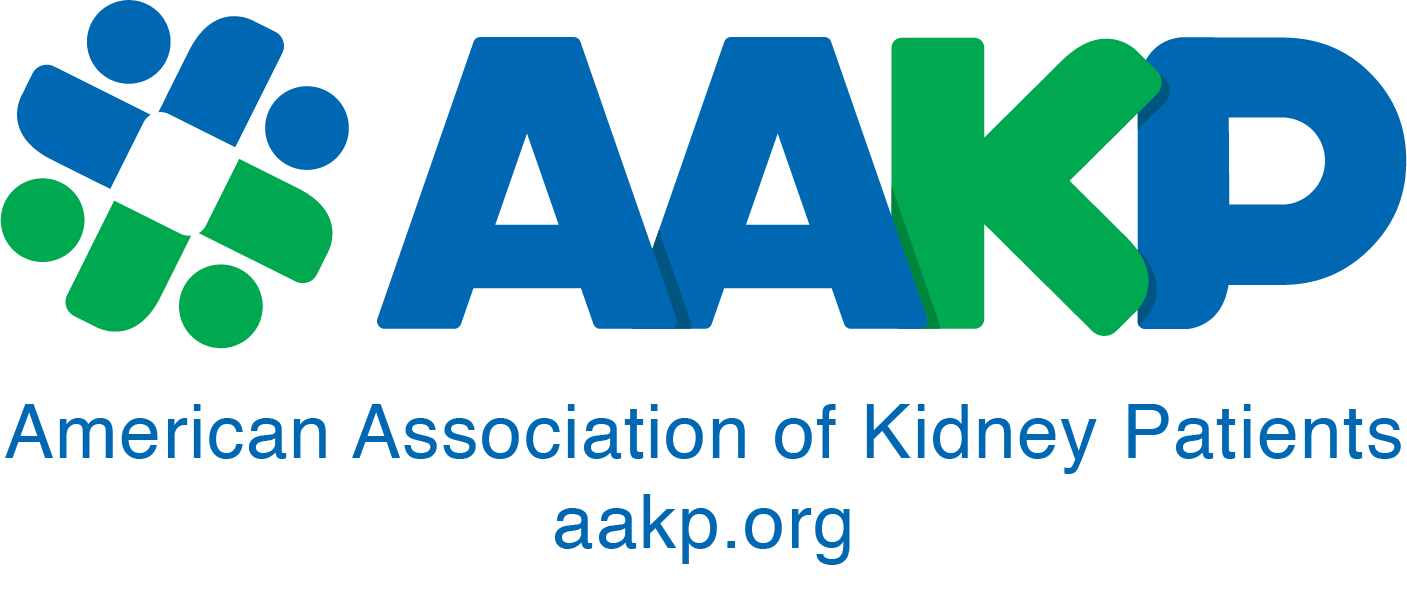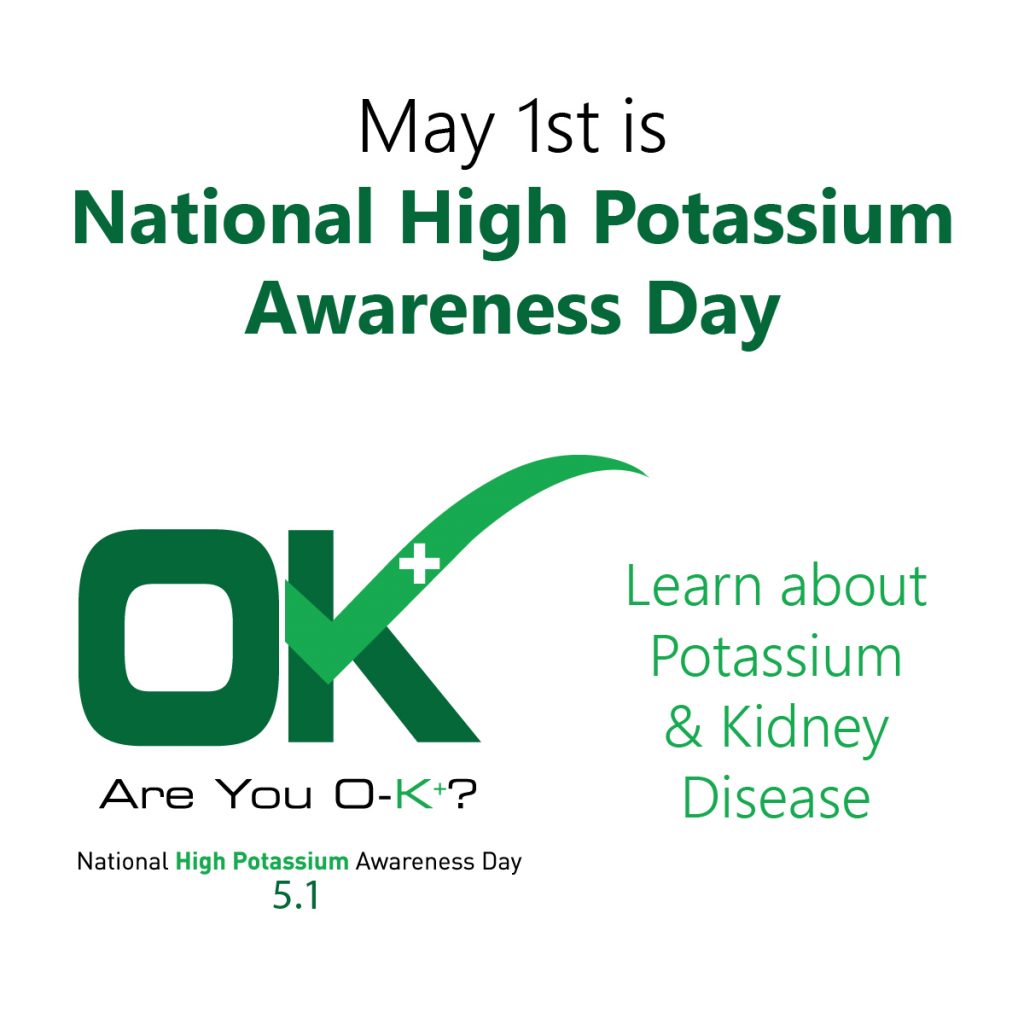By Deborah Pelaez, aakpRENALIFE Independent Writer
Lisa Custer grew up in Seattle, Washington. Her heritage is Native American, and she was adopted at the age of two years old by a loving family; her mother was Japanese, and her father was American. She had excellent health and access to healthcare growing up, and her academics led her to attend the University of Portland where she studied Economics and Japanese. Personally, she enjoyed traveling all over the world and had a successful 30-year career in the banking industry as a collections/recovery senior asset specialist in Seattle.
At the age of 50, Lisa was first diagnosed with kidney disease. For about a year prior, she had been experiencing some excruciating symptoms, including not being able to urinate, bloating, weight gain, pain in her ankles, and shortness of breath, which impacted her ability to do one of her favorite things, sing in her church’s praise and worship choir. At first, her doctors tried treating her with breathing medication and steroids, but it did not help. Lisa recalls that the medical staff, at one time, accused her of having a drug or alcohol problem due to being Native American, which couldn’t have been farther from the truth. Finally, a urinalysis and blood tests confirmed that she had kidney failure, later determined to be hereditary.

Since her diagnosis, over the past ten years, she has undergone in-center, peritoneal, and at-home hemodialysis and has gained valuable experience in managing kidney disease. Due to her religious and cultural beliefs, she is not seeking a kidney transplant.
High Potassium Awareness
During the first few years on dialysis, Lisa admits she was not the most compliant patient. She would hide water bottles, chips, and cookies and sneak them when she was alone. She also would go to McDonalds, have pizza, and eat out instead of trying to eat a kidney-friendly diet. Lisa’s potassium level became as high as an 8 at one point during this stage.
Lisa now says she is a disciplined patient and has seen the benefits. She went from a size 16 in clothing down to the size she was in high school, an 8. She not only cooks and eats kidney-friendly food but also walks for exercise and pays close attention to other lifestyle choices, such as how much and what she watches on TV or reads on social media. Lisa says, “You are what you eat, what you see dwell on, and your outlook on life as a kidney patient on dialysis is key.” After starting to make these positive changes, it only took about 24 months for her to see and feel the benefits–both physically and mentally. As a current home hemodialysis patient, her potassium labs are at a 5.2.
Lisa encourages fellow kidney patients to get involved in National High Potassium Awareness Day. She says it is important to know what fruits and vegetables contain high or low amounts of potassium and to keep serving sizes in mind when cooking. She also suggests making food swaps in recipes, for example, swapping out a tomato-base, which is high in potassium, for another lower potassium-based option, such as pesto or roasted pepper puree.
Another tip from Lisa is to make your own instead of buying something prepackaged, like pie crust. This will give you more control over the ingredients you choose. If you do buy something in a box, read the full nutrition label.
National High Potassium Awareness Day is on May 1. Learn more about high potassium and kidney disease at www.AreYouOK.org.

























